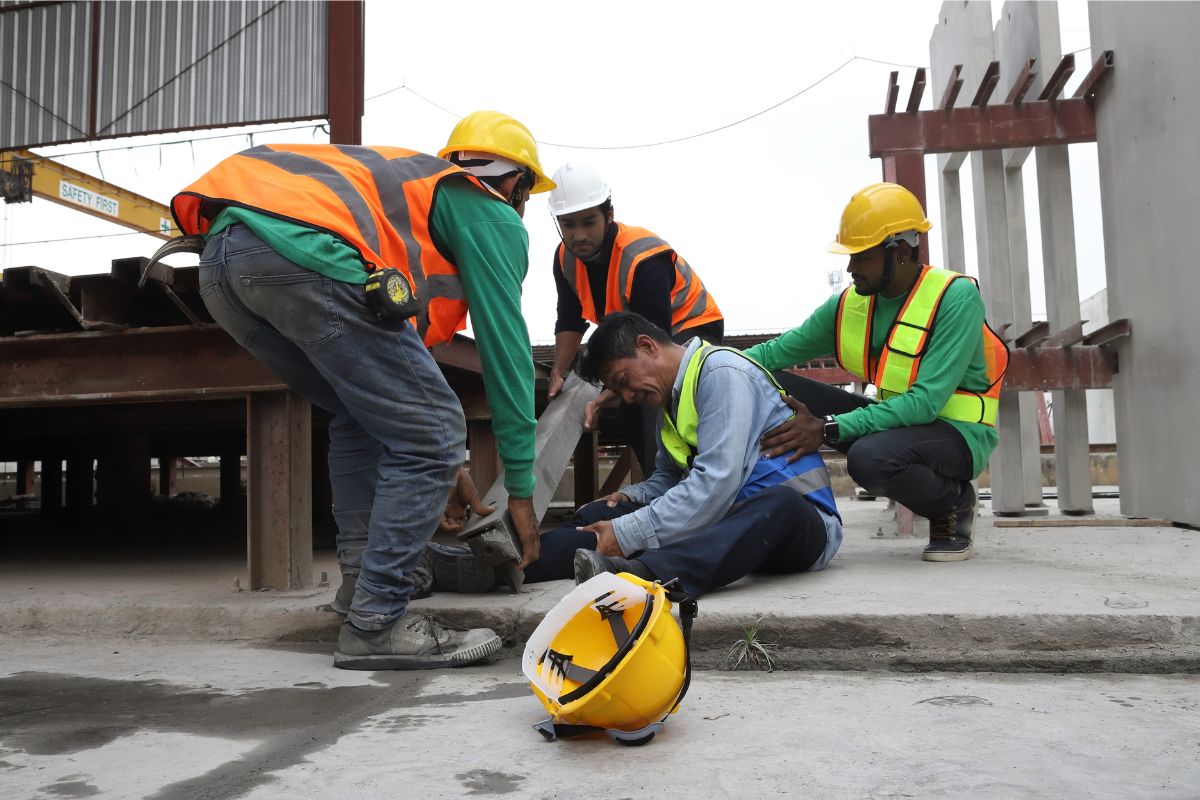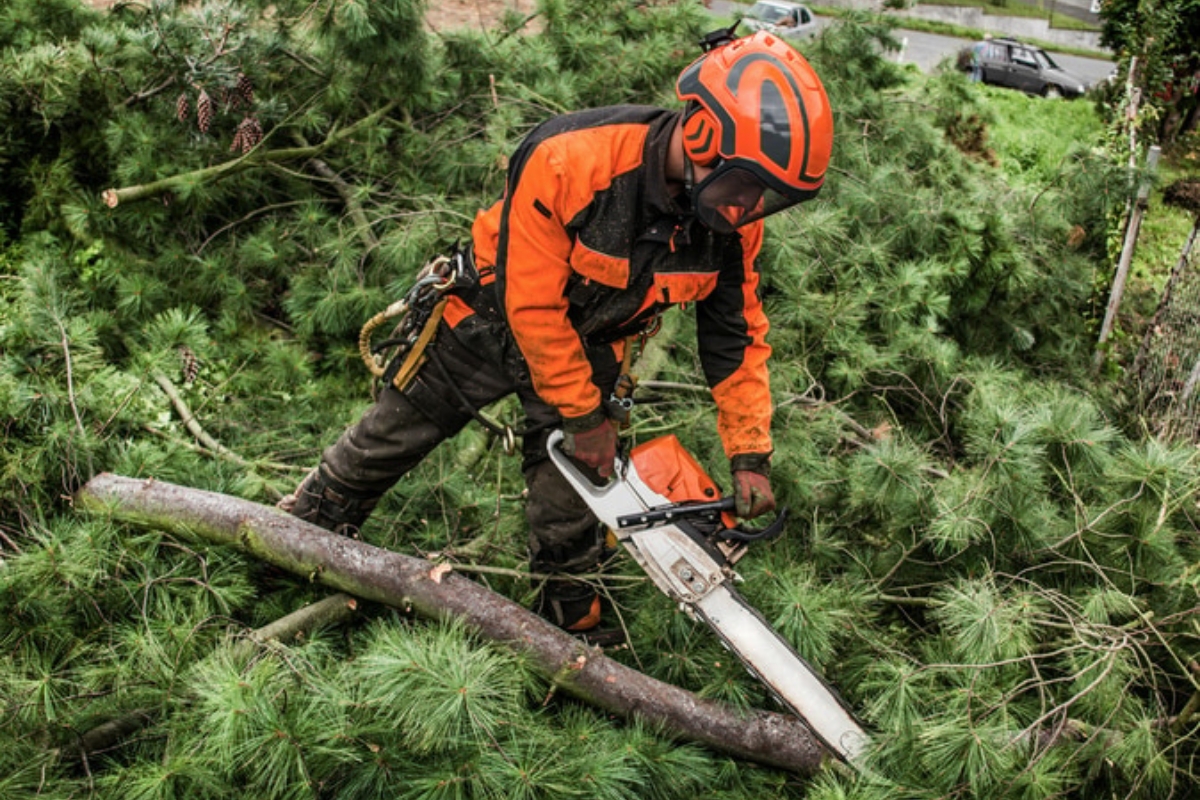
In the bustling realm of construction, where progress and productivity drive each day, the risk of injury is an ever-present reality for workers. Understanding your rights after a construction site injury is not just crucial but empowering.
Whether you’ve experienced a fall, machinery accident, or other mishaps, knowing your legal options can significantly impact your recovery and future.
When facing the aftermath of a construction site injury, seeking guidance from a personal injury attorney specializing in construction site accidents is paramount. Their expertise can illuminate the path forward, ensuring your rights are protected and diligently pursued.
This blog aims to equip you with essential knowledge, from navigating complex workers’ compensation claims to exploring potential third-party liability. By understanding the legal avenues available, you will empower yourself to make informed decisions and secure the compensation you deserve.
Read on as we delve into the intricacies of construction site injury law, unraveling the steps you can take to safeguard your rights and embark on the road to recovery.
Workers’ Compensation Overview
Workers’ compensation serves as a critical safety net for employees injured on construction sites, providing financial support and medical benefits. Understanding its core elements and eligibility criteria is essential:
- Benefits of Workers’ Compensation: Covers medical expenses, lost wages, vocational rehabilitation, and disability benefits.
- Eligibility Criteria: Typically includes all employees injured in the course of their employment, regardless of fault.
- Filing a Claim: Requires timely notification to employers, followed by documentation of the injury and medical treatment received.
Third-Party Liability Claims
In addition to workers’ compensation, injured workers may pursue third-party liability claims against parties other than their employer:
- Definition and Scope: Third-party liability involves seeking damages from entities other than the employer responsible for the injury.
- Examples: Includes equipment manufacturers, subcontractors, or negligent drivers involved in on-site accidents.
- Benefits: Allows for broader compensation coverage, potentially including pain and suffering damages not available through workers’ compensation alone.
Steps to Take After a Construction Site Injury
After sustaining an injury on a construction site, swift actions are crucial to protect your rights and ensure proper documentation:
- Seek Medical Attention: Prioritize your health and safety by seeking immediate medical care.
- Report the Incident: Notify your supervisor or employer about the accident and document the report.
- Gather Evidence: Take photos of the accident scene, including any hazards or conditions that contributed to the injury.
- Collect Witness Statements: Obtain contact information and statements from any witnesses present during the incident.
- Preserve Evidence: Keep any physical evidence related to the accident, such as damaged equipment or clothing.
Legal Considerations and Challenges
Navigating the aftermath of a construction site injury involves various legal considerations and potential challenges:
- Complex Liability Issues: Determining responsibility among contractors, subcontractors, and equipment manufacturers.
- Statute of Limitations: Understanding deadlines for filing claims under state laws.
- Insurance Coverage: Assessing coverage limits and negotiating fair compensation for injuries.
- Role of Legal Representation: A personal injury attorney specializing in construction site accidents can provide essential guidance, advocacy, and expertise in handling legal complexities.
Recovery and Compensation
When dealing with construction site injuries, compensation can vary based on several factors:
- Types of Compensation: Includes medical expenses, lost wages, rehabilitation costs, and pain and suffering.
- Factors Influencing Compensation: Severity of injuries, long-term impact on health, extent of liability, and state-specific laws.
- Insurance Coverage: Evaluating coverage from workers’ compensation and potential third-party liability claims.
- Legal Counsel: Consulting with a personal injury lawyer to assess compensation options and ensure fair settlement negotiations.
Navigating the Legal Process
Understanding the legal procedures following a construction site injury is crucial for pursuing compensation:
- Filing a Claim or Lawsuit: Initiating legal action through workers’ compensation or third-party liability claims.
- Legal Timeline: Overview of deadlines for filing claims and expected durations for legal proceedings.
- Potential Outcomes: Anticipating settlements, trials, or appeals based on case specifics and evidence.
- Role of Legal Representation: A construction site accident lawyer provides expertise in navigating legal complexities, advocating for maximum compensation, and protecting your rights throughout the process.
In the aftermath of a construction site injury, understanding your legal options is crucial. Whether pursuing workers’ compensation or exploring third-party liability claims, seeking guidance from a qualified attorney ensures your rights are protected and avenues for recovery are maximized.




